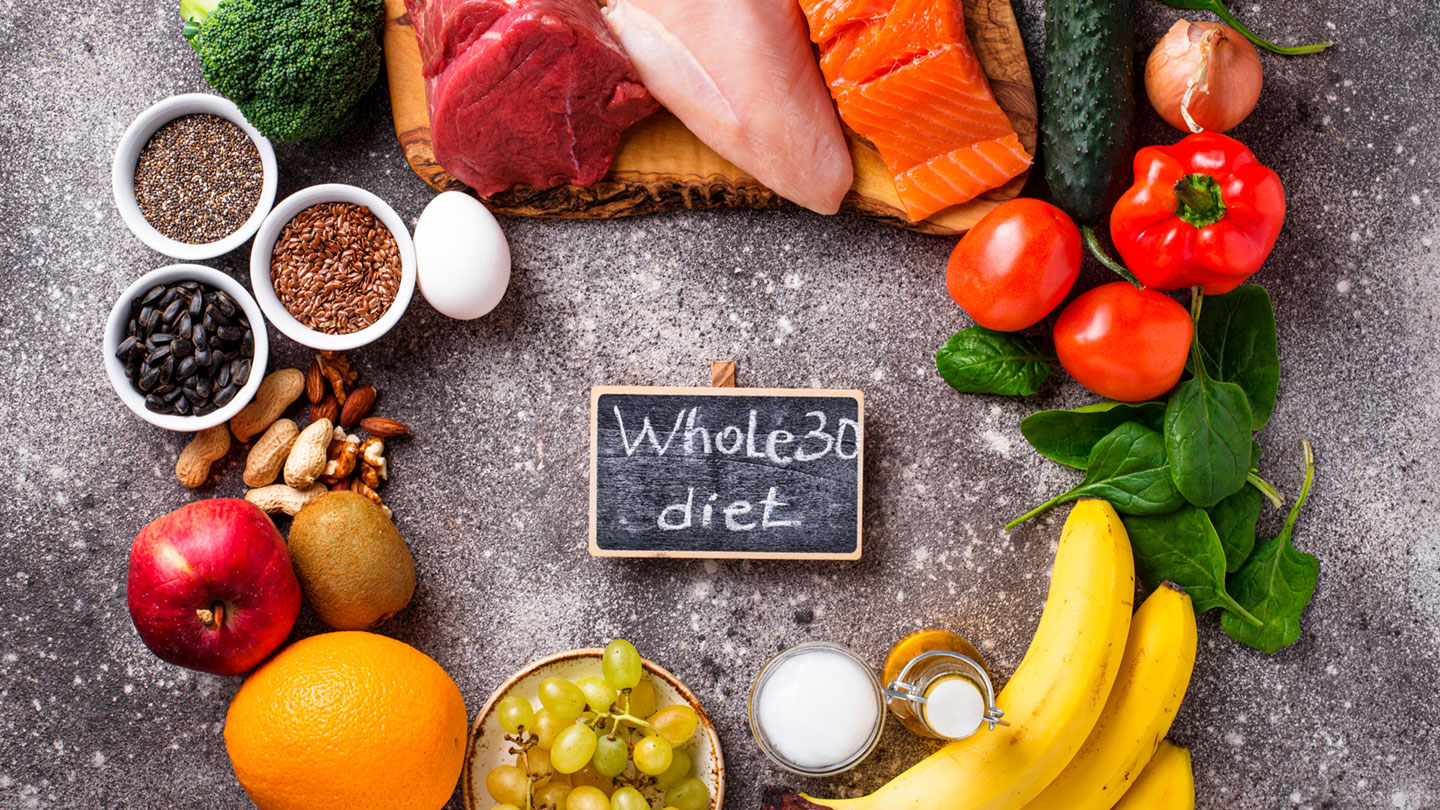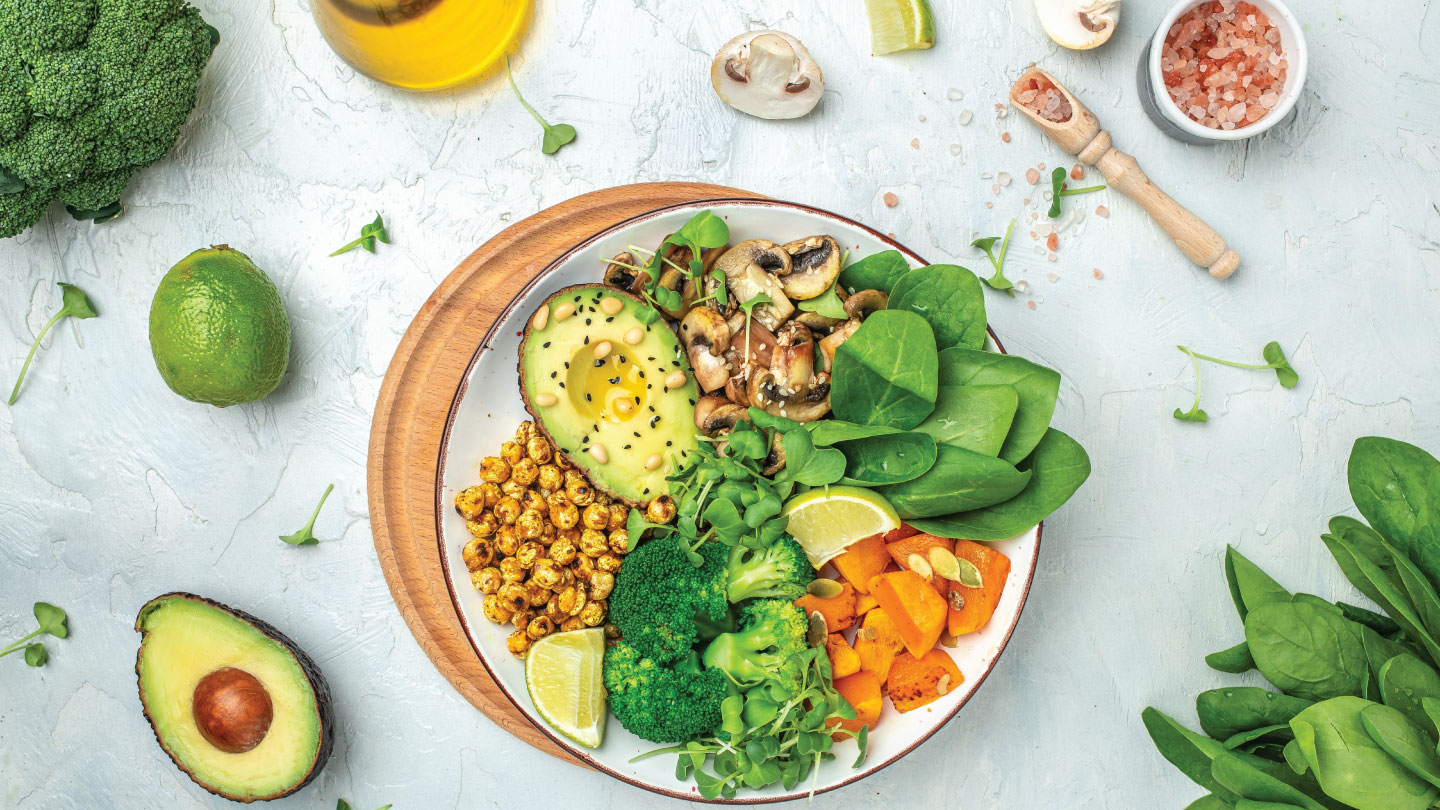Nutrition
The Truth About Diets: The Whole30
The Whole30 diet claims to help you break poor eating behaviours, reduce cravings and improve digestion. But does it really deliver? Find out here.

What is the Whole30 diet?
Melissa Hartwig Urban and Dallas Hartwig, who founded the programme in 2009 say that Whole30 changes the way one thinks about food. “You can’t imagine how you would live (happily) without certain foods in your life,” quotes Melissa, in her book The Whole30: The 30-Day Guide to Total Health and Food Freedom.
Whole30 diet says ‘yes’ to whole foods such as meat, seafood, eggs, vegetables, fruits, natural fats, herbs and spices and ‘no’ to grains, dairy, honey, alcohol, baked goods—for a strict 30 days. The Whole30 plate looks colourful, fresh, and healthy with a mix of a variety of vegetables, seafood, healthy fats, squash, root veggies and fried eggs. Some examples of whole30 meal plans include soup with homemade meatballs, zucchini patties with a side salad and roasted chicken served with cranberries. The principle lies in eliminating certain foods and putting the body in a ‘reset’ mode to improve general health. Over the years, it has been adopted by the likes of Busy Philips, Jessica Biel, Miley Cyrusm and Megan Fox.
The diet’s official website claims you may notice an improvement in energy levels, productivity, mood, focus, and restful sleep after 30 days. The aim is to learn to make healthy food choices during those 30 days with strictly no room for slip-ups. Though you don’t have to eat anything you despise, you will have to put in the effort and loosen the purse strings at the grocery store. The experience of transitioning to a normal diet after Whole30 is interesting. The official site says that the food groups must be introduced one at a time to pay attention to how each affects your health. For instance, instead of ordering a pizza or ice-cream on Day 31, following the reintroduction schedules helps you to gain maximum benefits from the Whole30 program.
The Benefit of Whole30
According to Melissa, while the diet helps shed some weight, that’s not the goal. The goal is to develop an awareness and understand how various components of different foods interact with your body.
Busy Phillips, for instance, who went on the Whole30 in 2017, overcame her addiction to sugar cold-turkey only after learning better ways to deal with emotional eating—which is an important goal of Whole30.
Julia Naftulin, a health reporter at Insider, who documented her Whole30 diary on Instagram stories, says that she felt major benefits kicking in at Week 3. She writes that she felt more clear-headed and emotionally stable. “I slept deeper and remembered more of my dreams, something that tends to never happen. My biggest Whole30 lesson is that mindful eating is possible. I don’t have that urge to eat everything in sight.”
Besides, these are the other three major scientifically-backed benefits of Whole30 diet:
1. Increased insulin response: Our pancreas regulate the production of insulin when we eat carbs and sugars. For those with reduced insulin production, such as Type II diabetes, the Whole30 diet can induce an improved insulin response. Moreover, the diet contains foods that have a low glycemic index—these food are digested slowly and release glucose gradually into the bloodstream—creating a feeling of satisfaction in fewer calories.
2. Reduced inflammatory response: The reduced intake of alcohol, added sugars, and dairy in Whole30 leads to lesser metabolically active adipocytes. A Proceedings of the Nutrition Society study finds that the shrinking of fat cells in the adipose tissue reduces inflammatory responses.
3. High antioxidant intake: Whole30 diet recommends foods, such as whole fruits and vegetables, which are naturally high in antioxidants. One study finds that the increased antioxidant intake has a host of benefits such as the reduced risk of cardiovascular disease.

It Doesn’t Work for Everyone.
Whole30 excludes many food groups which are important and staple to our diet. These include grains like wheat, oats, rice, rye, bulgur and legumes like peas, chickpeas, lentils, and peanuts,” says Nikita Suresh, a nutritionist from Bengaluru who holds a PhD. Excluding a food group can lead to nutrient deficiencies. Furthermore, since many people in India are vegetarians and pulses form a major part of their diet, excluding this can lead to a low protein diet. Diets deficient in protein often increase cravings, body weight and fat mass. Also, protein-free and very low protein diets can induce fatty liver and reduced decrease lean mass.
One major downside of Whole30 is increased calorie intake. The diet allows ghee, butter, fruit juices, nuts and seeds which are high calorie ingredients. “Also, people tend to fall back on their regular food habits—once the measure of 30 days is over. This can lead to an increased caloric intake post 30 days again causing weight to bounce back,” says Suresh.
Further, ingredients like whole grains, rice, millets provide fibre, without which people can get constipation and other digestive issues. What’s the take-home conclusion on Whole30? “The key lies in seeking balance. The ‘one size fits all’ approach should be avoided.” A more sustainable approach will be to change your diet according to your genetics, age, lifestyle, environment and health. Consulting a professional to understand how each individual reacts to certain food combinations is also important.
“I would not advise anybody to go on the Whole30 diet. People, on the other hand, should go for sustainable, well balanced diets—one that is affordable and feasible. Eat local and seasonal foods and adopt methods that fit well into your lifestyle without taking away the happiness from enjoying a special meal or dessert occasionally!” says Suresh.
EXPLORE MORE
Five thoughtful breakfast combinations that work with diabetes, PCOS, thyroid issues, inflammation, and heart health.
From fibre and protein to gut health and mindful meals, these are the healthy eating lessons that stood out in 2025!
Bloating isn’t just about overeating or bad food choices. According to expert nutritionist Dr Lakshmi Kilaru, it’s often the result of multiple factors. Keep reading to know more.
If you’re on a GLP-1, your diet can make or break your health journey. Here’s your guide to avoid common pitfalls.






.jpg)

.jpg)

